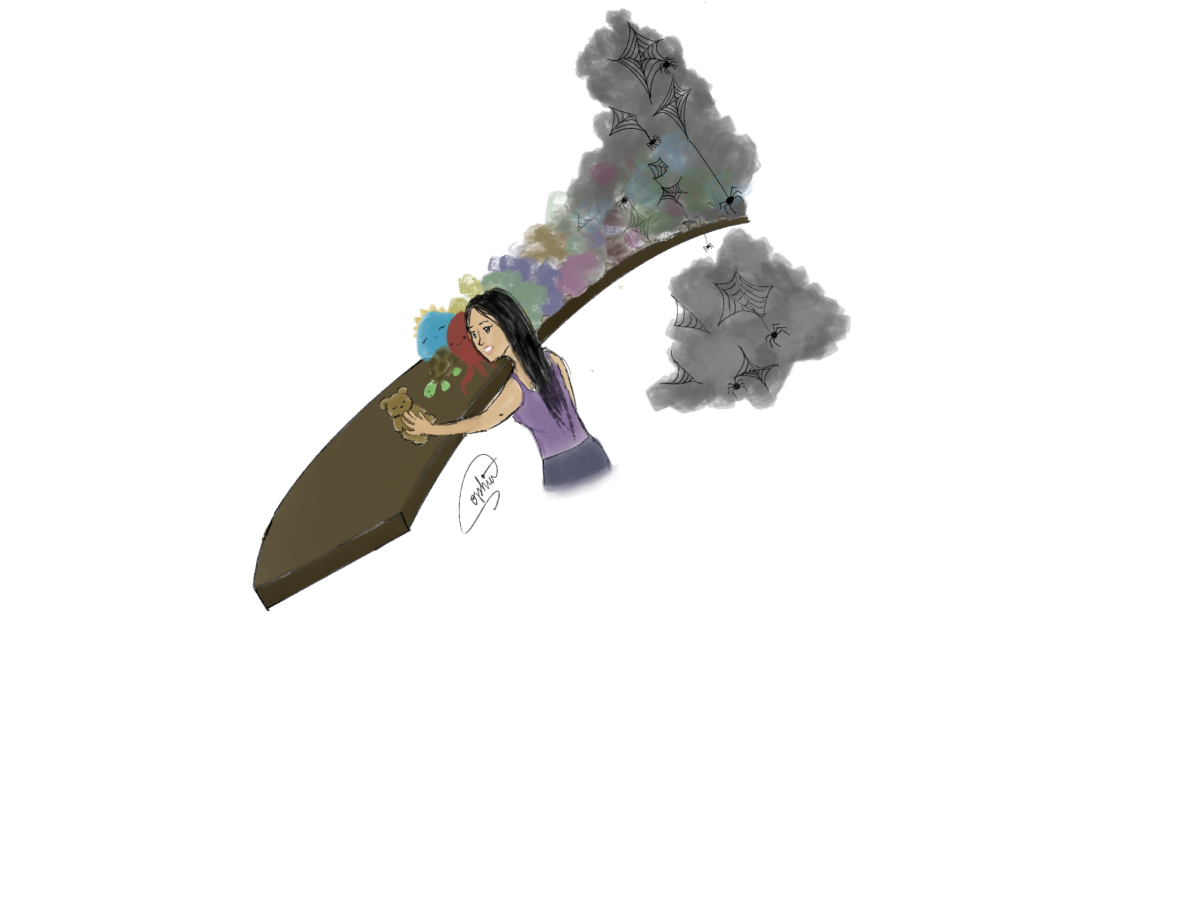At some point, young athletes become too old for recreational leagues and turn to the world of club sports. These clubs are typically open to athletes from about 5 years old to seniors in high school. Although it can feel necessary to join clubs because of the limited college recruitment opportunities outside of them, they aren’t the best systems for kids and teenagers to get into.
Parents trust these clubs to develop the skill sets of their children and turn them into advanced players. However, there are a lot of issues within clubs that parents and athletes aren’t aware of.
Most clubs demand a lot of money from families. Soccer clubs, for example, typically cost more than $3,000 per year. Additional expenses for travel to tournaments often increase this cost. Traveling is a very big part of club sports, but like all aspects of club, participation is mandatory. This mandatory traveling and the extra costs are completely unnecessary. When clubs add out-of-state games to their schedule, they promise better competition and more highly-skilled teams. But, good competition can often be found locally. For example, in club soccer, the games you play out of state often aren’t a part of the league the team plays in. When there are already existing teams in their league that they can play locally, they are already being provided with competition without unnecessary traveling.
These kinds of programs often take place year-round and have incredibly demanding schedules with mandatory practices on weekdays and games on weekends. This much physical activity in the early years of a child’s life can negatively affect the way they grow and develop. Children and teenagers are prone to over-using their bodies due to club sports, which can cause severe injuries. According to Boston Children’s Hospital, about 50% of teenage athletes who develop injuries are due to overuse. They can also fall victim to burnout. This is when athletes lose their passion for a sport as a result of overworking themselves physically and emotionally.
Summer, fall, winter, and spring are all sports seasons when it comes to clubs. According to the University of Florida, children should be getting a two to three-month break when playing a sport, which the year-round schedule of club sports does not accommodate.
The amount of hours club sports demand can also make it difficult for teenagers to explore other interests. Club sports make balancing other things in life like school, family, and friends challenging.
All of these problems with club sports might make you wonder why people do them. Simple: most have no choice.
Club sports have become one of the only connections athletes have to colleges. In many cases, including soccer, basketball, volleyball, and more, high school sports have stopped peaking the interests of universities because of the increase in athletes who play for club sports. So, it is a general fear for athletes and even parents that if you don’t play a club sport you won’t get offers or even be looked at by colleges.
Over the years, club sports have become powerhouses. In men’s and women’s basketball, volleyball, soccer, and hockey, over 75% of those athletes compete or have previously competed in club sports. This has become a problem that kids are forced to enter from a young age, and it leaves them affected for, potentially, the rest of their lives. The many issues of club sports combined with the fears of not doing it make them a negative system for kids to be exposed to.





